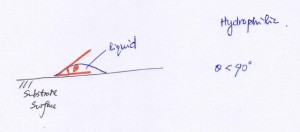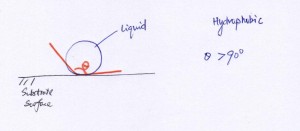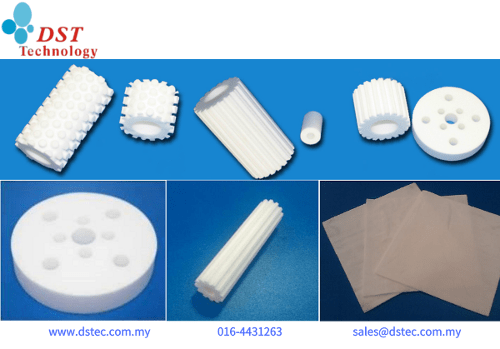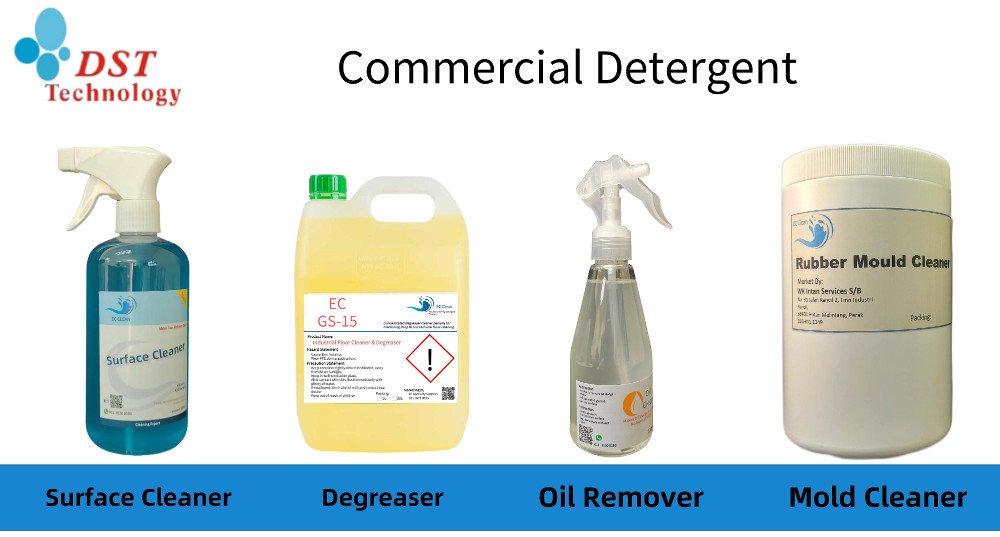Achieve Water Contact Angle That You Want?
Contact angle is the importance parameter for judging a surface whether it is a hydrophilic or hydrophobic surface. In most cleaning process, the contact angle we are referring to is between solid-liquid-vapour. Solid refer to the cleaned substance.
What is Contact Angle?
The contact angle is the angle between the cleaned substance and the tangential force on the liquid surface. Please refer to enclose image.

small contact angle - hydrophilic surface
A hydrophilic surface is referring to small contact angle whereby a hydrophobic surface is always larger than 90-degree.
In most cases, a low contact angle also referring to higher wetting effect than high contact angle surface.
What are the parameters affecting Contact Angle?
There are 2 major aspect that affected the water contact angle on the cleaned substance surface, namely chemical effect (detergent) and mechanical effect (substance surface roughness).
Detergent uses in the cleaning process will give the immediate effect on surface tension, and this also drive to difference surface condition either hydrophilic or hydrophobic surface, which eventually reflect to difference contact angle. DST’s EZ Series Detergent do consist of hydrophilic or hydrophobic surface condition. Field engineer could base on the process needs select the appropriate detergent.
Surface roughness is other parameters that affecting water contact angle on the cleaned substance surface. There is theory behind about surface roughness that contributing some levels of surface tension to the water droplet, which will reflect under water contact angle.
Low contact angle or High contact angle?
There always do not have a fix answer on low or high contact angle. For low contact angle on the cleaned substance surface, it refers to hydrophilic whereby high contact angle refer to cleaned substance surface tend to more hydrophobic.
In order to achieve hydrophobic surface, cleaning field engineer need to select a detergent which able to leave a thin film on the cleaned substance after the cleaning process. This thin film will act as a protecting layer on the cleaned substance which not only keep the water in hydrophobic phase but also keep away loose particle directly contact on the cleaned substance surface.
Whereby a hydrophilic surface is a low water contact angle that with no additional thin film layer protecting the surface. Particle may rest on the cleaned substance surface if the cleaned substance is not properly stored. The cleaned substance surface also subjected to other treat which may deteriorate the cleaned substance surface.
A cleaned substance with hydrophilic surface which also appears as high contact angle should be the 1st choice for cleaning process, however the hydrophilic surface also being interpreted that an additional layer left over on the cleaned substance. This thin layer may consider as residue which becomes the reason some process engineers need to discard this type of detergent.
In DST Technology, we do supply various kind of cleaning detergent that suit yours cleaning needs. We could even re-formulate the detergent formulation to best suit your cleaning process needs, such as surface tension, contact angle, wetting effect.





Leave a Comment